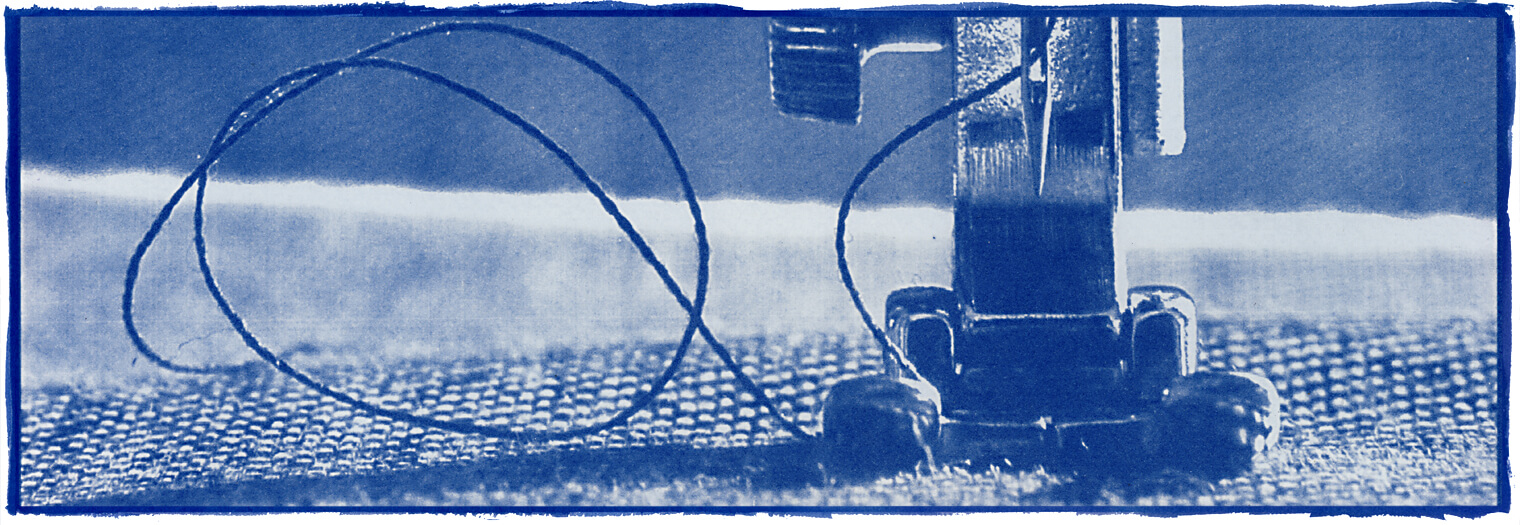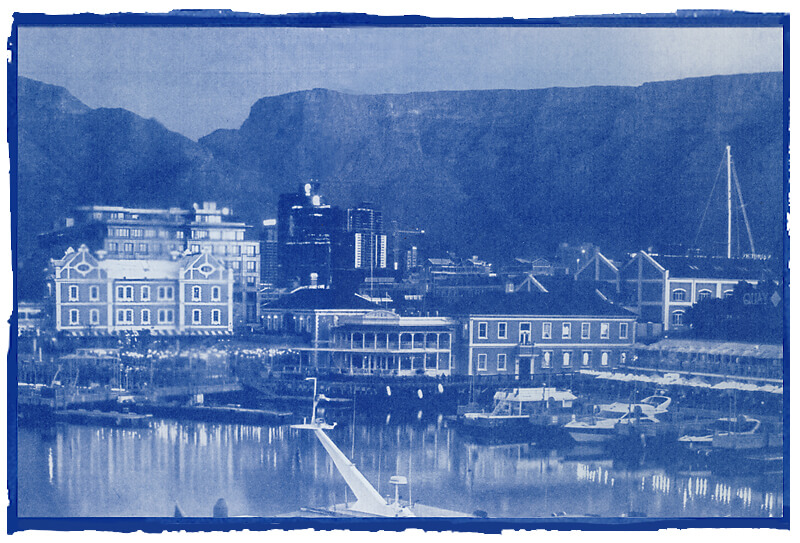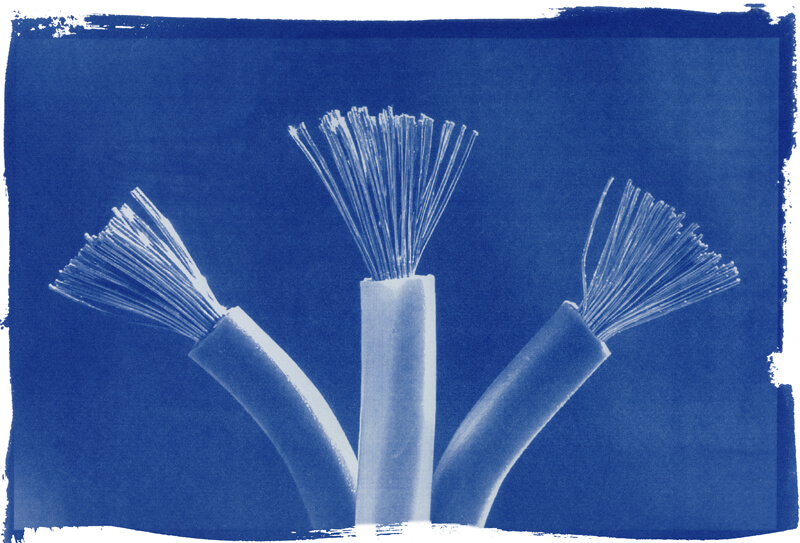A tale of transformation
PVH originated in 1881, when Moses and Endel Phillips started a modest family business sewing shirts by hand and selling them from pushcarts to coal-miners in Pottsville, Pennsylvania. With a focus on quality and craftsmanship, their reputation grew, allowing them to expand into a formal business under the name M Phillips & Son. The business thrived and, by the early 20th century, was making a name for itself in men’s fashion.
It has since grown into a global conglomerate, now PVH Corporation, overseeing some of the industry’s most revered apparel brands. Through strategic acquisitions, bold innovation and a keen understanding of consumer trends, PVH has shaped the modern apparel industry.
Origins in innovation
PVH experienced its first breakthrough in 1919 when it patented the self-folding collar, a significant innovation that simplified dress shirt maintenance. A decade later, the company introduced the collar-attached shirt, a move that further strengthened its position in men’s apparel. These innovations laid the foundation for what would become a century-long journey of strategic expansion and impressive brand building.
Decisive big brand acquisition
The company’s transformation from traditional shirtmaker into global apparel heavyweight was driven largely by strategic acquisitions. The 1980s and 1990s saw PVH diversify their portfolio and expand internationally. The company acquired several brands including Bass, Arrow and Geoffrey Beene, enabling it to cater to a broader range of consumers. Its 2003 acquisition of luxury brand, Calvin Klein, was perhaps its most transformative moment. This elevated PVH’s status in the fashion industry and positioned the company as a major player in the global apparel market. Seven years on, PVH bought Tommy Hilfiger, completing its transformation from mid-tier apparel company into a major force in global apparel, with a diverse customer base.
Today, the company is structured around three key brand segments, each playing a vital role in its success.
Calvin Klein: Founded in 1968 by American designer Calvin Richard Klein and his partner Barry Schwartz, the Calvin Klein brand (also known as CK) quickly became recognised for its clean, stylish designs and iconic underwear advertising campaigns. It also achieved success in the fragrance market with the launch of its first men’s fragrance, Calvin, in 1981. Similar success ensued when launching its first feminine fragrance, Obsession, five years later.
CK revolutionised fashion marketing through provocative campaigns and memorable taglines such as “Nothing comes between me and my Calvins”, setting a new industry standard. CK also aligned with celebrities and modern-day influencers through strategic collaborations to enhance marketing reach and effectiveness.
PVH’s acquisition of this global brand allowed them to expand into high fashion and incorporate CK’s signature minimalist aesthetic and bold marketing campaigns, boosting international growth and demand. Calvin Klein remains a cornerstone of PVH’s business, having generated approximately $9 billion in global retail sales in 2023 alone.
Tommy Hilfiger: Purchasing Tommy Hilfiger in 2010 integrated a preppy, laid-back element into PVH’s apparel lineup. The brand’s global appeal, particularly in Europe and Asia, made it a good fit with Calvin Klein.
American designer, Tommy Hilfiger, founded the brand in 1985. His goal was to create a fashion brand that would promote a classic yet modern American style. Hilfiger’s talent and visionary thinking quickly gained recognition in the fashion world, and in 1986, he introduced the first collection of men’s sportswear, which met with tremendous success. A gradual expansion into other fashion segments ensued, including women’s clothing, children’s fashion, footwear, accessories and fragrances.
In 2006, Hilfiger sold the company to private equity firm, Apax Partners, who sold it on to PVH four years later. Tommy Hilfiger remains the brand’s principal designer, leading the design teams and overseeing the entire creative process. With a presence in over 100 countries, Tommy Hilfiger’s signature American style continues to be a growth driver for PVH, particularly in its key markets.
Heritage Brands: This segment includes well-known names such as Van Heusen, Arrow and Izod. Although not as prominent as PVH’s flagship brands, they provide stability and revenue diversification.
Strategically backed investment appeal
PVH spans major markets, with a strong presence in the US, Europe and Asia. In 2023, the company reported a revenue of $9.2 billion, with a split of: 48% from Europe, 29% from the US, 13% from Asia-Pacific and 5% from the America’s (excluding the US). It has operations in over 40 countries and a workforce of more than 36 000.
PVH’s global presence, strong brand portfolio and sound strategic initiatives make it an attractive investment opportunity, with several factors contributing to its investment appeal:
- Strong brand equity is supported by the ownership of iconic brands such as Calvin Klein and Tommy Hilfiger. This provides a significant competitive advantage that translates into pricing power and resilience during economic downturns. These brands have a loyal customer base and are globally revered for quality and strong individual style.
- Diverse revenue streams through a varied portfolio of brands and product categories reduces PVH’s reliance on any single market or segment. This mitigates risk and provides stability in revenue generation. Additionally, the company’s presence in both luxury and affordable fashion segments allow it to cater to a wide range of consumers.
- PVH’s extensive global footprint, particularly in high-growth markets, positions it well to capitalise on international fashion and retail trends. The company’s focus on emerging markets, where demand for branded apparel is increasing, offers significant growth potential.
- PVH has embraced digital transformation, investing in e-commerce and omnichannel capabilities. The COVID pandemic accelerated a shift to online shopping and PVH’s digital initiatives have enabled it to capture a larger share of the online market. The company’s direct-to-consumer strategy has also strengthened its relationship with customers and improved profitability.
- PVH has demonstrated strong financial performance, with consistent revenue growth and profitability, while return on investment (ROI) recovered from the 2020-2021 impact of the COVID pandemic (indicated below). Its ability to generate cash flow and maintain a healthy balance sheet provides flexibility for future investments and shareholder returns.
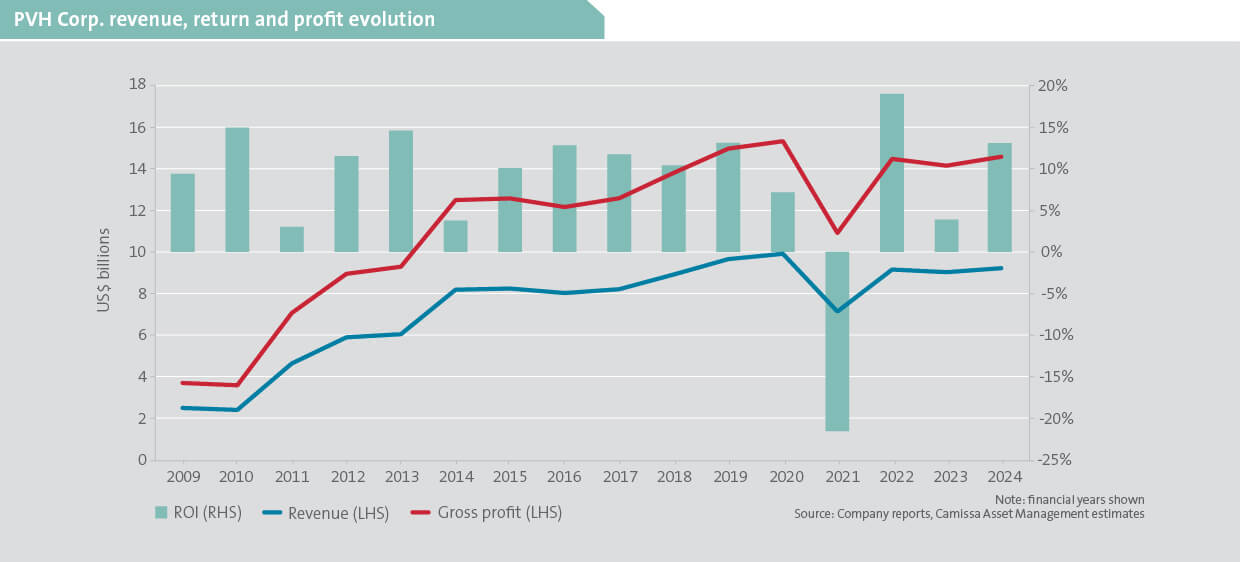
The PVH+ Plan
Recognising the need to evolve in a fast-changing industry, PVH launched the PVH+ Plan in 2022 – a roadmap designed to strengthen its core brands and encourage sustainable, long-term growth. As illustrated below, the plan is built around five strategic pillars designed to build resilience and ensure competitiveness in a market increasingly shaped by digital innovation and growing sustainability demands.
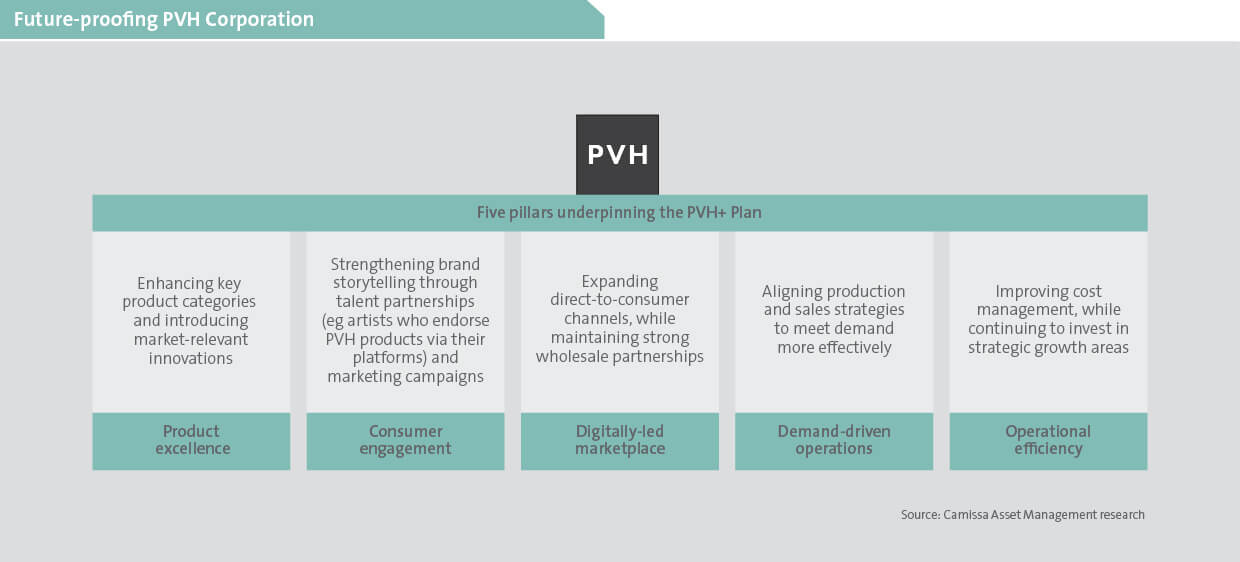
Legacy of adaptation
PVH faces challenges, particularly regarding geopolitical tensions and evolving consumer expectations. Earlier this year, Chinese authorities scrutinised PVH over their sourcing policies, revealing the complexities of operating in a highly regulated global market. The strained relations between the US and China, exacerbated by the tariff war, have resulted in significant negative sentiment towards PVH Corporation, manifesting in a substantial decline in its market value.
Despite the current obstacles, it is our view that PVH Corporation has consistently demonstrated an ability to evolve with the times – through strategic acquisitions, a deep commitment to innovation, and a keen understanding of consumer trends – building a legacy that spans decades. As the company continues to navigate the current challenges, including the evolving future of fashion, PVH remains a symbol of resilience, adaptability and enduring style.
